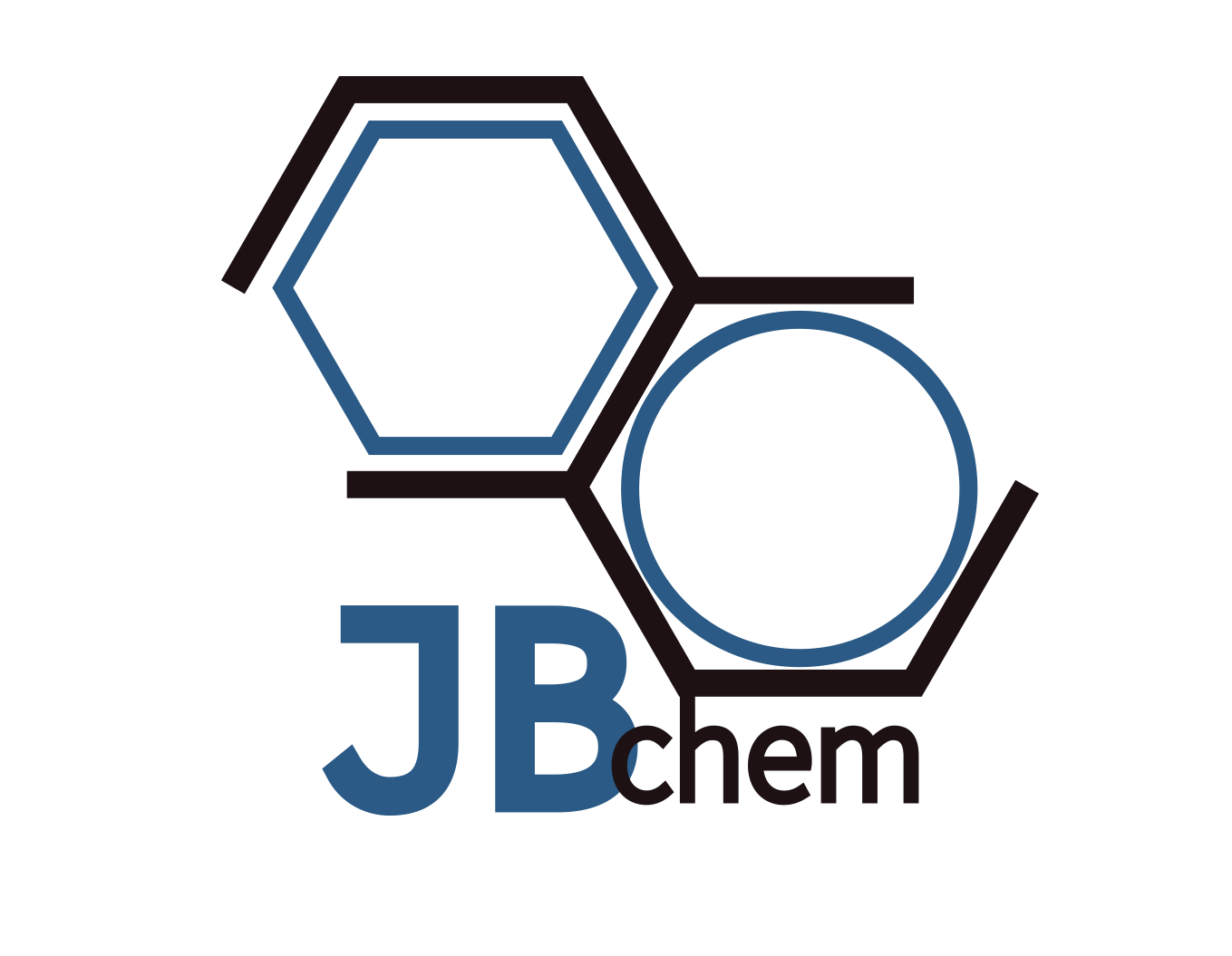Products
Co - Cobalt
Co cobalt nanoparticles/nanopowder
Co2O3 cobalt oxide nanoparticles/nanopowder
Co3O4 cobalt oxide nanoparticles/nanopowder
CoB cobalt boride micropowder
CoO cobalt oxide nanoparticles/nanopowder
CoSi2 cobalt silicide micronpowder
Cobalt (Co) is a hard, lustrous, silver-gray metal that is part of the transition metals group on the periodic table.
Physical Characteristics:
- Atomic Number: 27
- Atomic Weight: 58.933195 u
- Density: 8.90 g/cm³ at room temperature
- Melting Point: 1,495°C (2,723°F)
- Boiling Point: 2,927°C (5,301°F)
Applications:
- Alloys: Cobalt is extensively used in the production of high-performance alloys. It enhances the strength, heat resistance, and corrosion resistance of alloys used in jet engines, gas turbines, and dental prosthetics.
- Batteries: It’s a critical component of lithium-ion battery cathodes, contributing to the stability and energy density of the batteries, making them suitable for electric vehicles and portable electronics.
- Magnets: Cobalt is used to produce powerful permanent magnets, known as Alnico (an alloy of aluminum, nickel, and cobalt), and samarium-cobalt magnets, which are essential in motors, electronic devices, and medical equipment.
- Catalysts: It serves as a catalyst in various chemical and refining processes, including petroleum refining and the production of synthetic fuels and chemicals.
Compounds
- Cobalt(II) Oxide (CoO): Used in ceramics to impart blue and green colors, and as a precursor to magnetic, electroconductive, and catalytic materials.
- Cobalt(III) Oxide (Co2O3): Often used in the synthesis of other cobalt compounds and as a pigment.
- Cobalt(II,III) Oxide (Co3O4): Applied in lithium-ion batteries, catalysis, and for magnetic materials.
- Cobalt Chloride (CoCl2): Utilized in humidity indicators due to its color change from blue to pink upon hydrating.
Basics on Cobalt-Wikipedia

